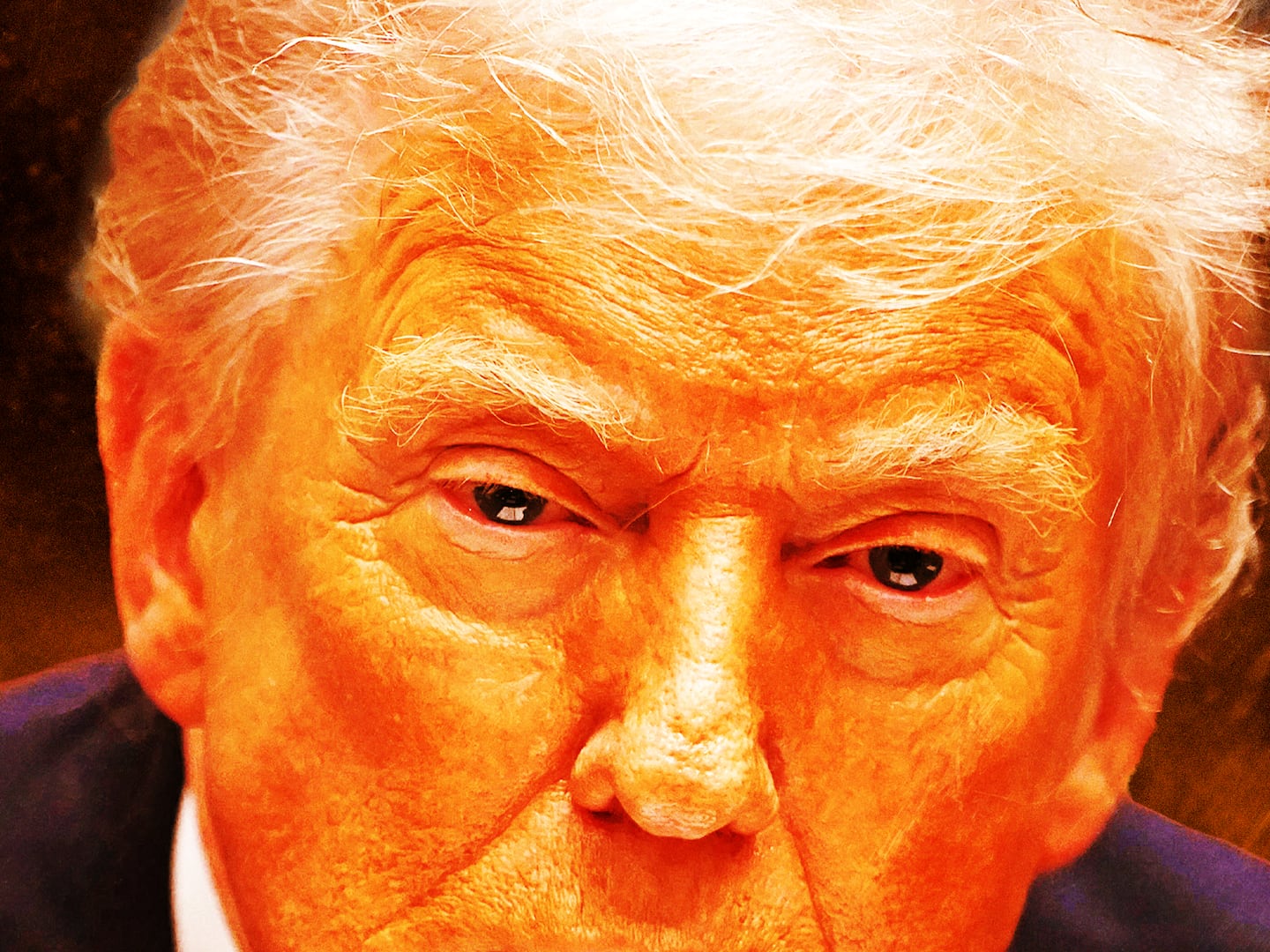
Last May, down in the bowels of the Perugia courthouse where American student Amanda Knox and her Italian boyfriend Raffaele Sollecito were standing trial for the murder of Meredith Kercher, the Italian journalists were circulating a strange document. It was a five-page hand written fax dated April 30, 2009, and addressed to Judge Giancarlo Massei from Luciano Aviello, a Mafia turncoat serving 17 years for his association with the Neapolitan Camorra. The subject was “Penal hearing of Raffaele Sollecito.” In the scrawled tome Aviello explained that when he was in a prison in Terni, he had met Sollecito and that he was sure that Knox, Sollecito and Ivory Coast native Rudy Guede were actually innocent. And he said that he had the proof that someone else killed her.
Click Here to Read Antonio Aviello's Letter About the Amanda Knox Evidence (PDF)
Back then, the letter was a diversion from the monotony of the day’s hearing, and those of us covering the case read it, filed it away, and thought nothing of it. After all, letters like Aviello’s were not uncommon during the course of the trial, and this one was not so different from others that had made their way to the press.
Prosecutor Giuliano Mignini dismissed Aviello’s letter as a farce, and Judge Massei read it and ultimately decided not to allow it to be introduced into evidence. Sollecito’s lawyers didn’t pursue it either, though they were all too happy to make photocopies of it for us.
Aviello wasn’t satisfied being ignored. He tried to sell the story to an Italian television network, and he wrote twice more to Judge Massei. Finally, in the spring of this year, he wrote to Knox’s lawyers—this time with the name of Meredith’s “real killer”—his brother Antonio. Knox’s lawyers took the bait and interviewed him on videotape on March 31, 2010, in prison in Ivrea outside Turin where he was transferred last year.
Luciano Aviello’s testimony is compelling, even for this case which has hardly lacked surprising twists. On the night of Meredith’s murder, Luciano was living in Perugia and he says that his brother Antonio, who was staying with him, had come home in a panic. Antonio and an Albanian pal had been out stealing valuable paintings from neighborhood houses and had gotten an address wrong and ended up at Via Della Pergola No. 7, where Knox and Kercher were living with two Italian women at the time. Kercher was home alone, and Aviello says his brother and friend stabbed and killed her, but not without a fight. His Albanian friend got scared and ran, and Antonio, himself affiliated with the Neapolitan Camorra, needed help. “That night Antonio came home with his jacket covered in blood. He had a wound on his right arm. He had a bloody knife and a set of keys,” according to a statement released by Knox’s lawyers to the Italian weekly women’s magazine Oggi. “I helped him bury the blood-stained knife and the keys under dirt and stones beside the garden wall.” Knox’s attorneys speculated to Oggi that the keys were Meredith’s and the knife was the real murder weapon.

In fact, Meredith’s keys have never been found and the knife with Knox’s DNA on the handle and what the prosecution claimed was Kercher’s on the blade has long been disputed as the actual murder weapon. Kercher’s DNA was too small to double-test and the knife is the wrong size to have left all three wounds on Kercher’s neck.
Antonio Aviello is nowhere to be found and authorities in Perugia have so far not issued a warrant for his arrest, nor have they searched him out for questioning. But if his brother’s sensational claims are true, it would answer a few of the great mysteries of this case.
After all, there were 19 unidentified fingerprints in Kercher’s bedroom. Many of them were smudged and incomplete, and the prosecution has always hypothesized that they belong to Knox and Sollecito. In theory, they could belong to Antonio and his Albanian friend. A bloody footprint left on the pillow under Kercher’s body has long-been a point of contention between the prosecution and defense in this case.
It was never matched to any of the suspect’s known shoes, so it could, in theory, have been left by these mystery assailants. Rudy Guede, who has always claimed to have been in the bathroom when someone else was killing Meredith, did initially say he saw an unknown Italian man. He later said it was Sollecito, but it would be interesting to show him a photo of Antonio Aviello now to see what he says.
If Aviello is to be believed, there are many more questions than answers. If Antonio is the true assassin, why is Guede’s DNA in Kercher’s bedroom? Luciano Aviello says that “all three” convicted in Kercher’s death are actually innocent. Even Guede? Also, why aren’t there any other traces of Antonio in the house? Especially in the room where the window was broken. The chemical Luminol did not identify any traces of an unknown person, according to the forensic scientists.
But most importantly, if Aviello is right, why isn’t anyone digging up the garden where he and his brother were living in Perugia?
Attorneys for Knox say that it is not their job to go digging around private property. But those close to the case say the Knox defense is actually worried that any “discovery” of evidence like keys and a knife could be viewed as evidence planting if it is not done through the proper channels. But so far, the prosecution refuses to act on this semi-new revelation. Still, Knox’s attorneys believe that Aviello is the key to Amanda’s freedom and they have listed him as a super witness in her appeal, which is expected to be heard some time this fall. They have also asked for an independent review of all the forensic evidence, and they plan to introduce Aviello's DNA and prints to see if there is a match. But their real hope is that the appeal judge will dig for the truth—starting in Aviello’s former garden.
Barbie Latza Nadeau, author of the Beast Book Angel Face, about Amanda Knox, has reported from Italy for Newsweek since 1997. She also writes for CNN Traveller, Budget Travel Magazine and Frommer's.






